Soon after I moved to this house, I called a plumber in to look at my dying sump pump.
"There's some other things around here that could probably use some work," I said.
He walked around the basement, looking the plumbing up and down, shaking his head. He paused before the water softener, glanced over its connections and muttered, "Well, that's not up to code." He walked over to the corner by the sump and stood, hands on hips, examining the jerry-rigged shower: two walls of plywood which, with the basement walls, formed a narrow box; ragged plastic curtain; shower head and handles shakily clinging to the concrete-block wall; drainage provided by a short channel gouged into the cement floor and leading directly into the sump.
"This," said the plumber, "is what we call
farmer plumbing."
Yesterday I had an encounter with farmer
wiring.
It began when the plumbers (new ones; old one retired) were finishing up, and one of them, Dave, called me down to the basement. He said, "You ought to do something about this thing."
This thing was a length of conduit hanging from the side of a live ceiling outlet; inside the conduit were two wires that stuck out at its loose end, capped off. The whole mess had been resting comfortably atop the water softener, but since the plumbers had just taken the water softener away forever, the capped wires now rested on the floor. Dave went on: "You could fry yourself if the basement floods. You'd never know until you stepped into the water." He found a nail in a joist and hooked the conduit over it to hold it up, precariously, near the ceiling.
"Yeah," I said, "I've been meaning to take care of that for the last ten or twelve years."
So yesterday, since it was raining steadily and I couldn't work outside, I decided to "take care of" it.
Now, I don't know much about electricity, but hey, logic + experimentation = new wiring, right? It's worked for me in the past. I don't do complicated double-switch wiring, but I've managed to install dusk-to-dawn lights by the back door and on the garage, and an outlet in the front porch.
I plugged my vacuum into the ceiling outlet in question and turned it on, then I went to the breaker box and started flipping breakers until the vacuum shut off. Breaker #6, hm? Flipped that breaker back — vacuum goes back on — flip again, vacuum shuts down. Got it. Vacuum not running = no current to the outlet.
You'd think so, wouldn't you? You'd really think so.
I thought so.
Rather than try to work with that big hunk of conduit dangling and banging around, I decided to cut its wires just outside the outlet, then open the outlet and remove the wire remnants. Out of the toolbox I took my rubber-handled wire cutters, the ones with the rubber handles. By the way, they have rubber handles. Did I mention they have rubber handles? Thank God they have rubber handles.
I fitted the cutter blades over the wires and squeezed.
A flash of light — a loud POP! — the next sound was the wire cutters hitting the floor; and the next sound was me saying some very, very naughty words.
I never felt a thing. Thank God for those rubber handles.
I climbed down from the (plastic-stepped) footladder, composed myself, went over to the breaker box and flipped every gosh-darn breaker for the entire house, and completed my work in dimness and silence.
Probably any electrician would have known to test those capped wires somehow first, but I'd rather blame "farmer wiring" than my own ignorance for nearly electrocuting myself.
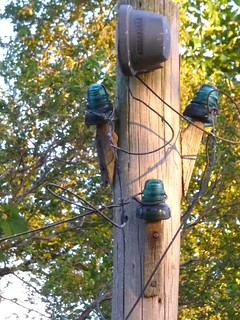
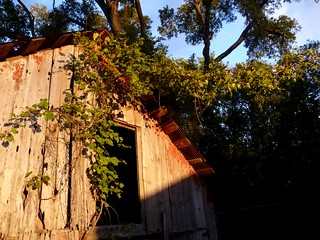


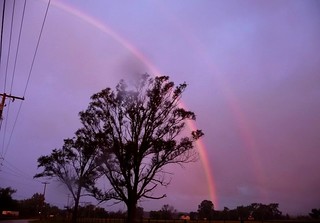





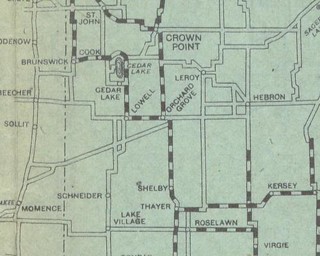







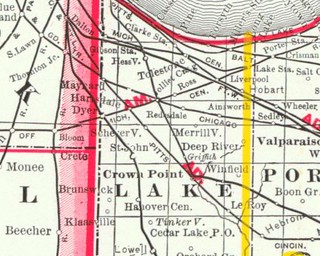












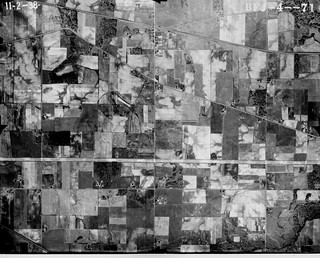
![1939 Aerial Park (BFJ-04-070[2])](http://farm6.staticflickr.com/5506/10362491775_6283eae310_n.jpg)
